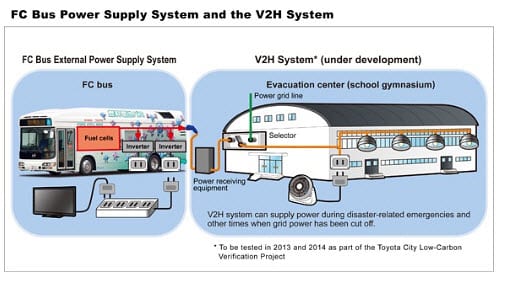
Natural gas beginning to replace coal in the West
September 4, 2012Study details the slow rise of natural gas
A recent report released by the Western Resources Advocates, a resource and environmental policy organization, shows that coal power is diminishing in the Western U.S. The report, titled “Descending from the Pollution Plateau,” notes that carbon emissions in the region have been on the decline for the first time in nearly 30 years. Researchers suggest that the dropping carbon emissions are due to the slow and steady retirement of coal-based energy systems. These systems are beginning to be replaced by natural gas.
Price of natural gas a factor in its adoption
Natural gas is gaining a serious amount of momentum in the U.S., where it is being used in a variety of applications, such as the production of hydrogen fuel. The availability of natural gas has increased over the past years, which has dramatically reduced the cost of the fuel. According to the report, natural gas now accounts for 22% of all energy produced in the Western U.S. States appear to be adopting natural gas as a high rate because of the price of the fuel.

Despite emissions, natural gas remains popular due to cost
The majority of the regions electricity still comes from coal power plants, but this is beginning to change as more states begin embracing natural gas. Many western states have been working to adopt alternatives to coal and oil in order to attain the economic benefits of alternative energy and reduce their environmental impact. Though natural gas is still considered a fossil-fuel and thus produces carbon emissions, it is much cleaner than both coal and oil.
Colorado remains region’s largest consumer of natural gas
The report shows that Colorado is the largest consumer of natural gas in the Western U.S., where 24% of the state’s electricity comes from the fuel. Xcel Energy, Colorado’s largest energy producer, has been working to incorporate natural gas for several years. The company believes that the technologies and energy systems it is developing will boost the state’s use of natural gas to 29% by 2018.



 With over 15 years of reporting hydrogen news, we are your premier source for the latest updates and insights in hydrogen and renewable energy.
With over 15 years of reporting hydrogen news, we are your premier source for the latest updates and insights in hydrogen and renewable energy.